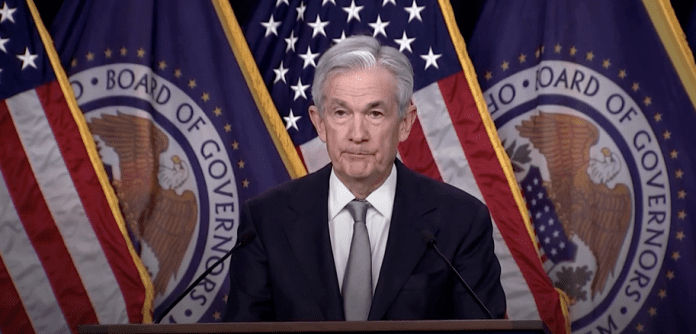The Federal Reserve held interest rates steady on November 1 while policymakers grappled with whether financial conditions would be sufficiently tight enough to contain inflation or if the economy would continue to outpace forecasts and necessitate even more restraint.
Fed Chair Jerome Powell acknowledges that there is still some mystery surrounding the matter. In the event that inflationary pressures rise, U.S. Central Bank officials will raise interest rates yet again. Still, they are also cautious about the potential impact of a rise in market-based interest rates on the economy. They are trying to prevent more disruption of the current dynamic of consistent wage and employment growth.
Following the conclusion of a two-day policy meeting, Powell addressed the media and stated that, in light of the current uncertainties, it would be prudent to keep the Fed’s benchmark overnight interest rate in the current range of 5.25% to 5.50% while monitoring changes in job and price data through to the December policy meeting.
Powell stated that it was still unclear whether overall financial conditions were restrictive enough to control inflation, which he still views as being far above the central bank’s 2% target, nearly 20 months into the Fed’s aggressive tightening of monetary policy.
In addition to keeping the Fed’s benchmark rate unchanged for the second straight meeting, Powell’s remarks clarified a policy decision and assessment he made earlier this year. Powell called attention to the “Outsized” 4.9% annual pace of U.S. economic growth in the July–September period following a spike in consumer spending.”
The U.S. Federal Reserve said that “economic activity expanded at a strong pace in the third quarter,” following policymakers’ unanimous decision to keep interest rates unchanged. Compared to the “Solid pace” of activity the Fed observed as of its September meeting, the language represented an improvement.



